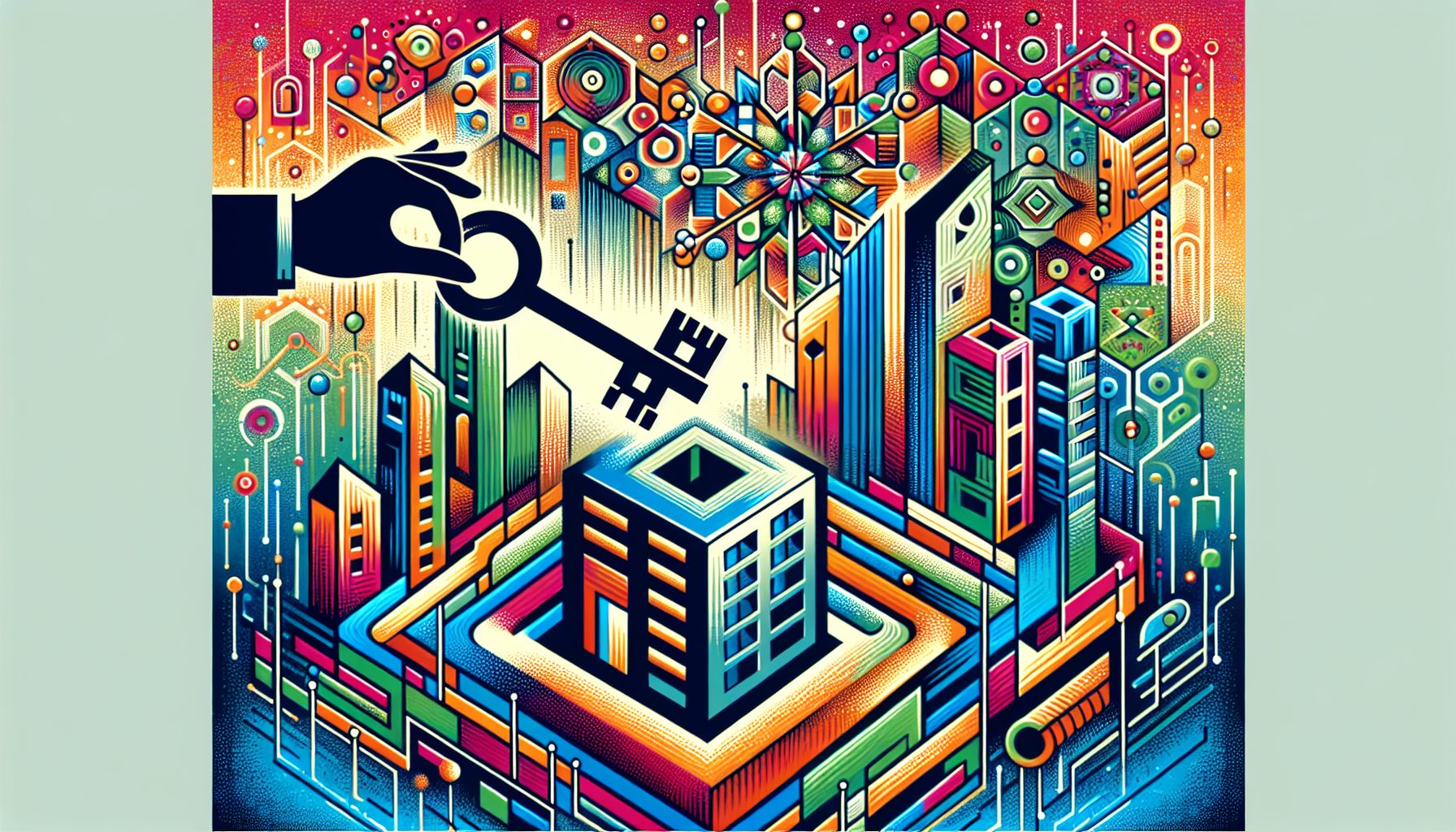Advancements in remote technologies are revolutionizing an array of fields and are allowing scientists, researchers, engineers and others to peer into places and spaces that once went unexplored. One of the primary beneficiaries of this technology is the University of Hawaii at Manoa, which operates the world’s deepest underwater observatory, the Aloha Cabled Observatory (ACO), located approximately three miles beneath the ocean’s surface north of the island of Oahu.
The facility, which relies on fiber-optic cable and an array of sophisticated computing and other technology systems, enables researchers to study underwater currents, temperatures, salinity, pressure, sound and seismic activity with sophisticated instruments. It also uses a high-definition video camera and lights to view surrounding activity.
“The goal of the observatory is to better understand how the ocean’s circulation patterns interact with the atmosphere, and how changes impact the planet,” explains Roger Lukas, emeritus professor of oceanography.
The observatory has been in place since 1988. Until, 2011, the only way scientists could access data was a once-a-month visit by ship. At that point, the university installed power and equipment to enable remote monitoring. However, an existing remote management console couldn’t deliver the level of features and flexibility the observatory required—and the system had begun to fail.
Therefore, in February 2014, the university swapped out the old power distribution unit (PDU) with a solution that would supply remote power management, control and configuration capabilities for critical seawater systems.
The system, the Secure Lantronix Branch (SLB) Office Manager, provides sophisticated remote monitoring, power controls and IT management capabilities. The system uses TCP/IP to transmit data over a local network that includes fiber-optic cable, repeaters on the sea floor, computer modules that handle some processing under the surface of the sea, and addressable switches that control the traffic and process optical signals so they can travel over fiber-optic cable effectively.
The infrastructure addresses a number of key challenges, including the ability to buffer data during transit. “We can’t transmit all the data in real time,” Lukas points out. It also deals with service interruptions and archival data.
ACO relies on an 18-terabyte RAID array to manage all the active data. Currently, the observatory captures approximately 1.5 terabytes of data each month, but the figure may soon rise to 4 terabytes, Lukas says.
The facility also uses multiple firewalls, AES encryption and a variety of security tools and software to lock down systems and protect the data. This includes remote authentication and remote troubleshooting tools. The goal, he says, “is to create an extremely reliable environment that offers a secure connection and a high level of reliability without a great deal of human involvement.”
To be sure, the environment has provided the level of performance and protection required for research.
“We needed to replace a failing PDU that was too old to provide encrypted remote access—an issue that threatened to put us in violation of acceptable use policies,” says Brian Chee, IT specialist at the University of Hawaii at Manoa. “The SLB solved that issue, while supplying more control in less rack space since it provides the functionality of three different devices within a single rack unit.”
Photo courtesy of Aloha Cabled Observatory: The ACO camera takes live footage from the bottom of the ocean.

.jpg)







